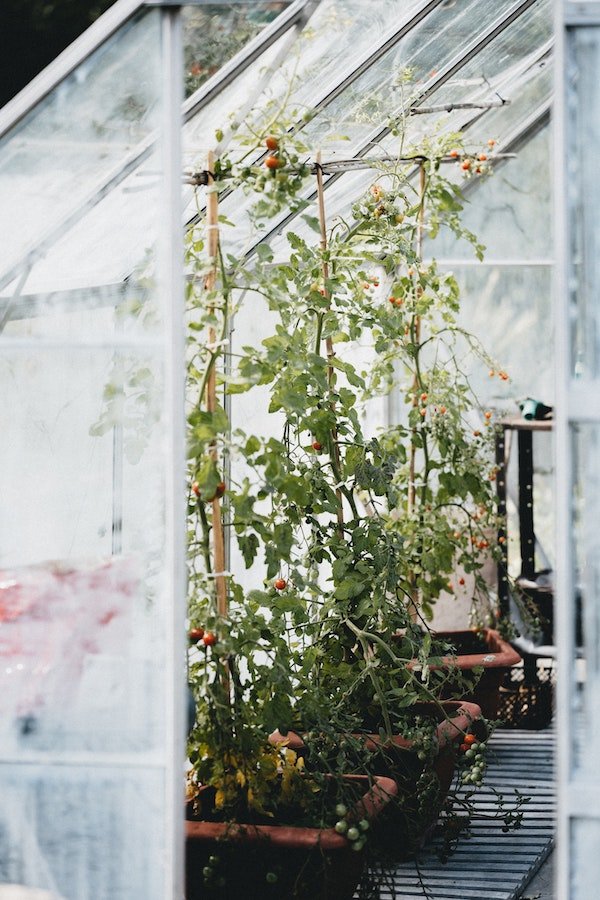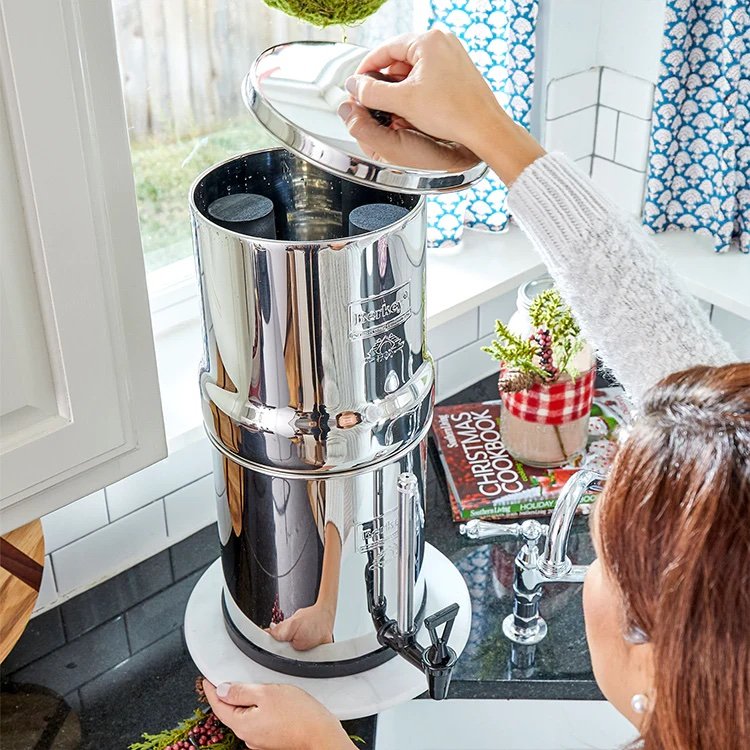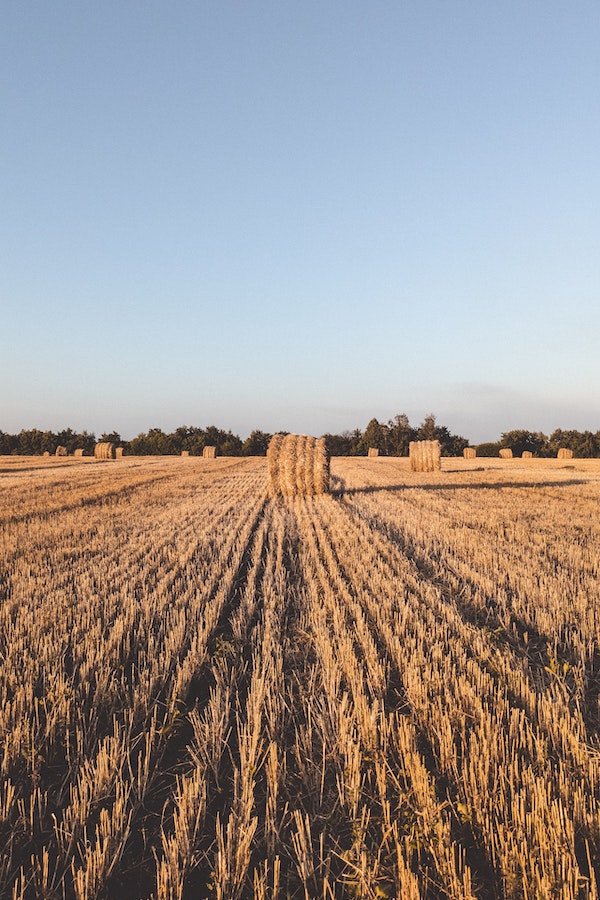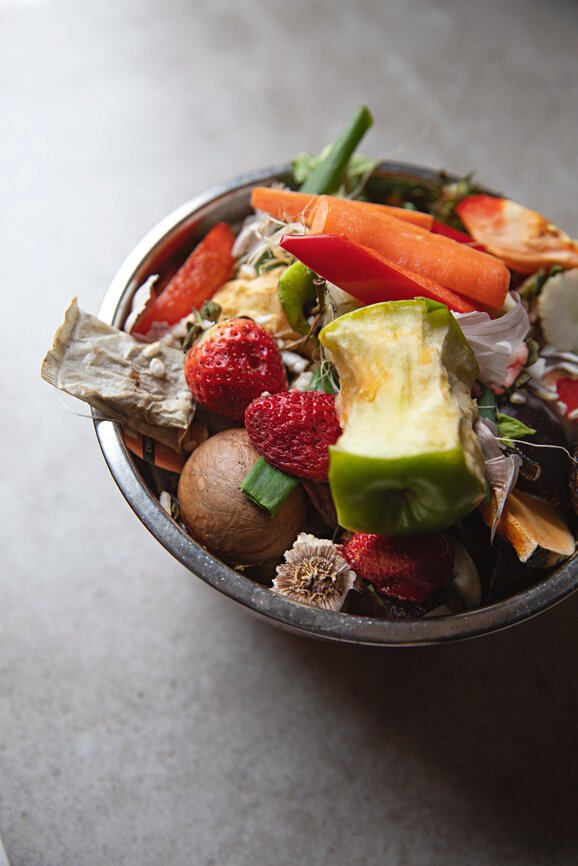
6 Tips For Sustainable Gardening In Small Spaces
Sustainable Gardening For Small Spaces & City Dwellers Alike
We’re big fans of living in small spaces, and it’s not just because most of our team lives in a city where the cost of rent per square footage is, well, quite high. Smaller homes and apartments encourage us to consume less and minimize our possessions. Likewise, choosing to live more minimally helps us reduce our carbon footprint as we learn to make do with what we have. However, by choosing to live in smaller spaces, we often sacrifice the luxuries that come with larger living—for example, an expansive backyard for growing a luscious garden.
Cities have helped with this, of course, by utilizing public spaces for urban, community gardens, as well as organizing farmers’ markets for local produce year-round (yum!). Nevertheless, we sometimes want the satisfaction of growing and eating our own greens; is there anything truly better than sinking your teeth into a tomato straight off the vine, especially when that vine is yours?
For all the apartment dwellers, tiny house owners, and small space enthusiasts, here are a few of our favorite simple tips and tricks for growing organic food and plants at home—no matter its square footage! 🏠
1. Examine Your Space
Begin planning for your indoor garden by analyzing your space. Where does your home receive the best direct and natural sunlight? Do you have a small balcony for troughs or railing planters? Are your window sills wide enough for pots or trays? Planning will help you to decide what you can successfully grow at home, as well as what supplies you will need.
“The biggest challenge with indoor growing is simply making sure that your vegetables are getting enough light,” explains Vanessa Dawson, Founder & CEO of Arber, a plant wellness company. “In addition, you also need to focus on the right nutrients, temperature, humidity and watering regime. If you get these conditions right, you can grow vegetables year-round indoors.”
If you are working in a small apartment without any outdoor space or wide window sills (hi, me!), consider installing a vertical garden or indoor trellis. Another option is to create an upside-down hanging garden; tomatoes, peppers, beans, miniature eggplants, and cucumbers can all be grown this way!
After narrowing in on the perfect space for your garden, research your specific environment/location to find out what produce you can grow in your area. Online articles, library books, and the staff at your local nursery are all excellent resources. The USDA Plant Hardiness Zone Map is also a great place to start.
2. Source Recycled Pots & Planters
Once you have chosen what to grow and where to grow it, begin sourcing materials for your indoor garden. Thrift stores and garage sales are wonderful spots to find pots and planters; you can also build your own with recycled materials—like old wooden crates, pallets, mason jars, and burlap coffee bags. Coffee mugs and ceramic bowls work well too. Search for them at consignment stores or support your local potter. If you’d rather shop for something new, we love these sustainable pots and planters.
3. Invest In Organic, Peat-Free Soil
Next up, you’ll want to prepare your soil. If purchasing online or from a local nursery, search for organic, earth-friendly, and peat-free brands (we love Organic Mechanics). Additionally, choose the soil that best fits your garden plan. If you are planting seeds, you will need a Seed-Starting Blend; if you are transplanting starter plants, use a compost blend.
“Always look for an organic soil that has a compost added to it,” says Dawson, who recommends Tilth & Pitt Moss. “This will increase the biodiversity in the soil, enhance water retention and add much needed nutrients.”
Alternatively, preparing your own soil can be fun and allows you to control the ingredients. We recommend talking with the staff at your local nursery or signing up for a soil-making workshop to get started.
4. Plant & Propagate Food Scraps
Once you have your space and soil prepared, it’s time to begin planting! Carrots, microgreens, lettuce, tomatoes, and herbs can all be grown indoors with the right amount of sunlight and water. Dwarf avocado, lemon, and orange trees also work well, although they can take a few years to begin producing fruit.
Dawson recommends starting with herbs, leafy greens, peppers, and tomatoes. She breaks down the needs for each below:
Herbs
Lots of light and heat
Harvest every 2-3 weeks
Smaller space needed
Leafy greens
Lots of light, but more cool tolerant
Fast growing
Harvest and regrow
Peppers
Lots of light and heat
Smaller jalapeño, chile and habanero peppers are great to start out with
Self-pollinating and like dry soil between watering
Tomatoes
Lots of light and heat
Cherry tomatoes and smaller varietals are great to start out with
Self-pollinating
For an even simpler option, begin with scallions or ginger—both can grow directly from the bunches you buy at the grocery store. For scallions, simply place the bulbs in water and change the water out every day. Once the roots have doubled and new shoots appear, plant your bulbs in shallow soil. For ginger, plant an inch of organic ginger in a pot of soil, set it in indirect sunlight, water daily, and watch it grow!
Whether you begin your plants from seeds or starter plants, commit to learning its water, sunlight, and food needs—remember, every plant is different!
5. Feed Your Garden
Now that your garden is going, start composting (we recommend these compost bins, specific to smaller spaces) to help reduce household waste and encourage plant growth. If you want to use food scraps for your soil, you will need to create a worm composting bin. The soil benefits include improving moisture retention, reducing pests, and feeding helpful organisms. Composting can also save you money on soil conditioners and plant food.
You can also use a natural plant food, like Arber, to ensure your garden is receiving the nutrients needed to thrive. “Just like humans, plants need nutrients to grow and survive,” says Dawson. “Aside from light and water, the primary nutrients essential for their success are N – P – K: Nitrogen, Phosphorus and Potassium.”
6. Share & Enjoy Your Harvest!
With enough patience and commitment, you will soon have luscious plants and fresh produce growing in your home. When this happens, consider sharing the harvest with friends and neighbors! Encourage others in your community to grow their own small space garden by exchanging tips, seeds, clippings, and soil.
You can also check with your city for urban gardening clubs or local MeetUp groups for continued support. “If questions come up along the way, there are thousands of communities and resources related to gardening and greenspaces that you can find on YouTube, TikTok, Instagram and Facebook,” adds Dawson. “There’s a plant care video out there for about every scenario these days!”
And, of course, enjoy the harvest of your small space garden! 🍅🪴
Kayti Christian (she/her) is a Senior Editor at The Good Trade. She has a Master’s in Nonfiction Writing from the University of London and is the creator of Feelings Not Aside, a newsletter for sensitive people.





